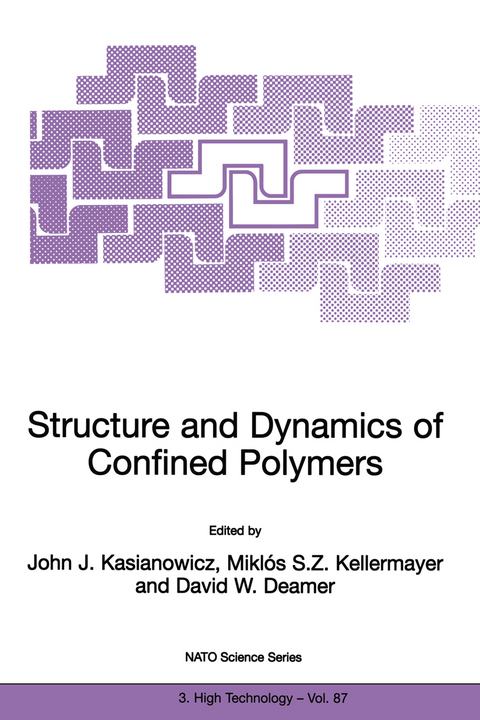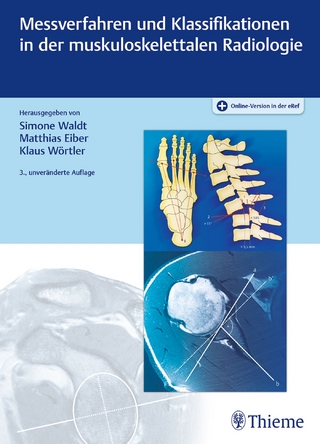
Structure and Dynamics of Confined Polymers
Springer-Verlag New York Inc.
978-1-4020-0698-2 (ISBN)
Profound implications for biophysics of the polymer threading a membrane transition.- Phage DNA transport across membranes.- Translocation of macromolecules across membranes and through aqueous channels: Translocation across membranes.- Protein translocation across the outer membrane of mitochondria: Structure and function of the TOM complex of Neurospora crassa.- Protein translocation channels in mitochondria: TIM & TOM channels.- Sizing channels with neutral polymers.- Dynamic partitioning of neutral polymers into a single ion channel.- Branched polymers inside nanoscale pores.- Physics of DNA threading through a nanometer pore and applications to simultaneous multianalyte sensing.- Mechanism of ionic current blockades during polymer transport through pores of nanometer dimensions.- Using nanopores to discriminate between single molecules of DNA.- Use of a nanoscale pore to read short segments within single polynucleotide molecules.- Polymer dynamics in microporous media.- Entropic barrier theory of polymer translocation.- Polymer translocation through a “complicated” pore.- The polymer barrier crossing problem.- Brownian ratchets and their application to biological transport processes and macromolecular separation.- Composition and structural dynamics of vertebrate striated muscle thick filaments: Role of myosin-associated proteins.- Force-driven folding and unfolding transitions in single Titin molecules: Single polymer strand manipulation.- Dynamics of actin filaments in motility assays: A microscopic model and its numerical simulation.- Conformation-dependent sequence design of copolymers: Example of bio-evolution mimetics approach.- Single molecule nucleic acid analysis by fluorescence flow cytometry.- Fluorescence energy transfer reagents for DNA sequencingand analysis: High-throughput fluorescent DNA sequencing.
| Erscheint lt. Verlag | 31.7.2002 |
|---|---|
| Reihe/Serie | NATO Science Partnership Sub-Series: 3 ; 87 |
| Zusatzinfo | XVII, 390 p. |
| Verlagsort | New York, NY |
| Sprache | englisch |
| Maße | 160 x 240 mm |
| Themenwelt | Medizinische Fachgebiete ► Radiologie / Bildgebende Verfahren ► Radiologie |
| Naturwissenschaften ► Biologie ► Biochemie | |
| Naturwissenschaften ► Physik / Astronomie ► Angewandte Physik | |
| Naturwissenschaften ► Physik / Astronomie ► Thermodynamik | |
| ISBN-10 | 1-4020-0698-5 / 1402006985 |
| ISBN-13 | 978-1-4020-0698-2 / 9781402006982 |
| Zustand | Neuware |
| Haben Sie eine Frage zum Produkt? |
aus dem Bereich


